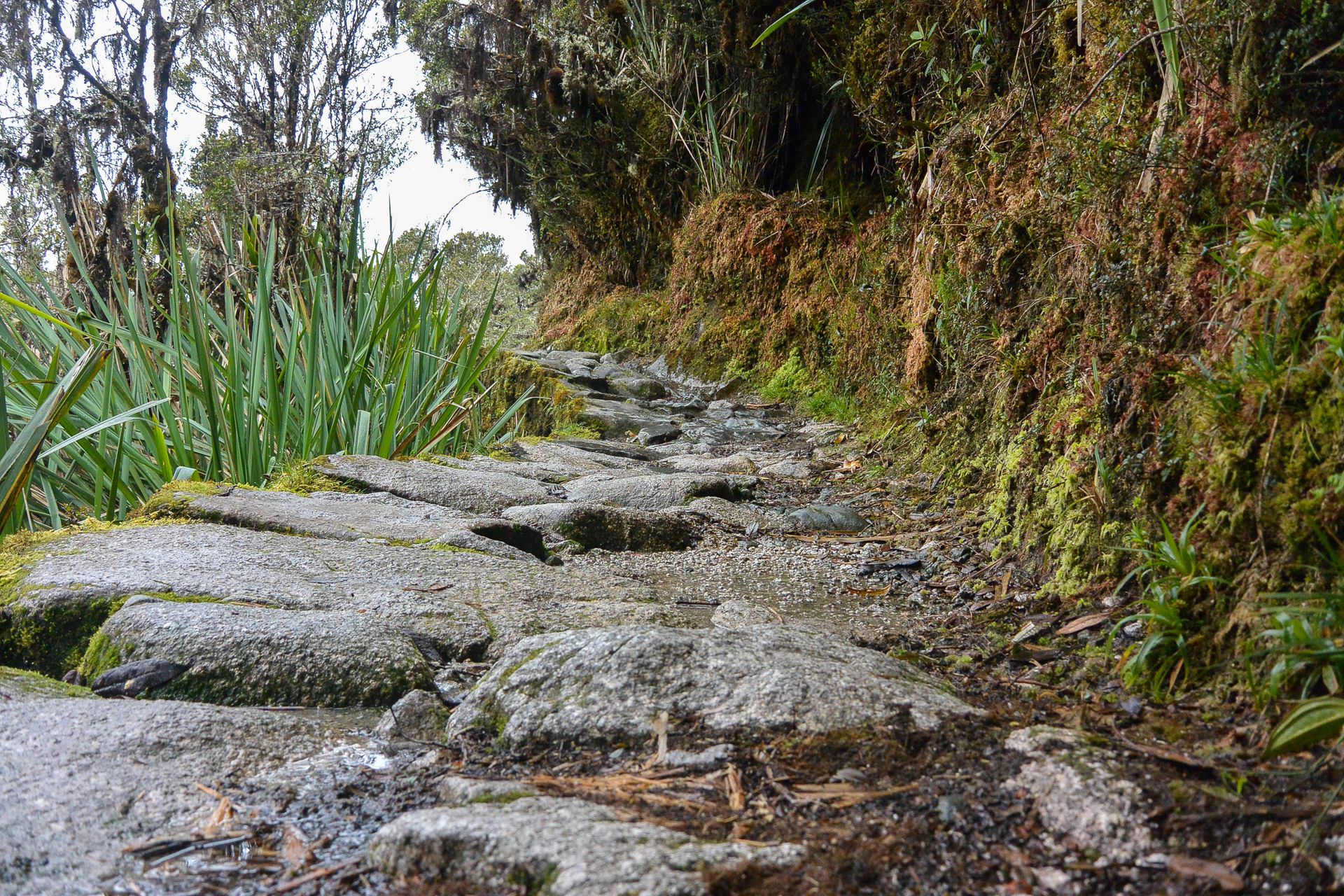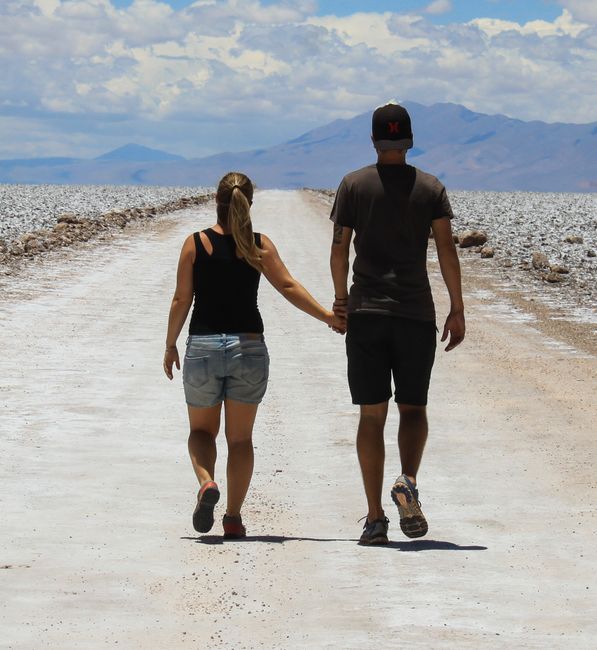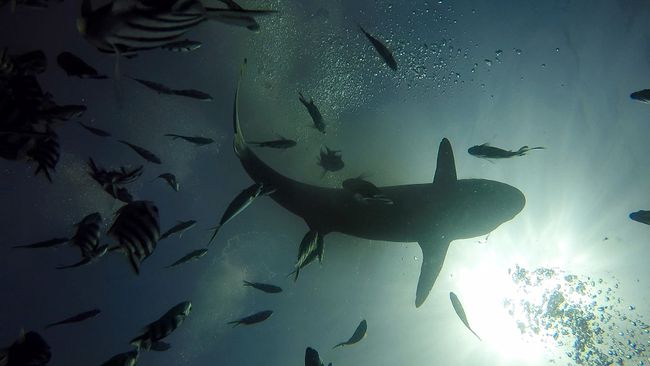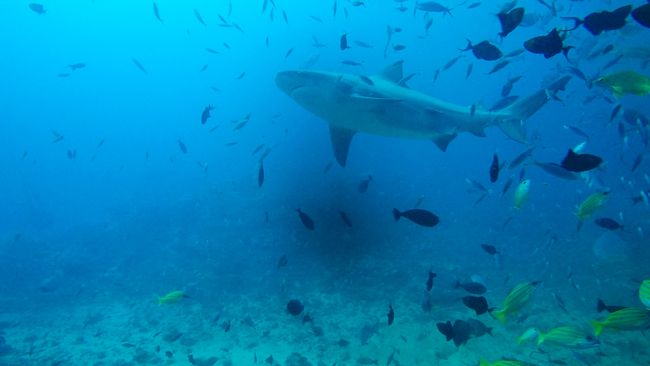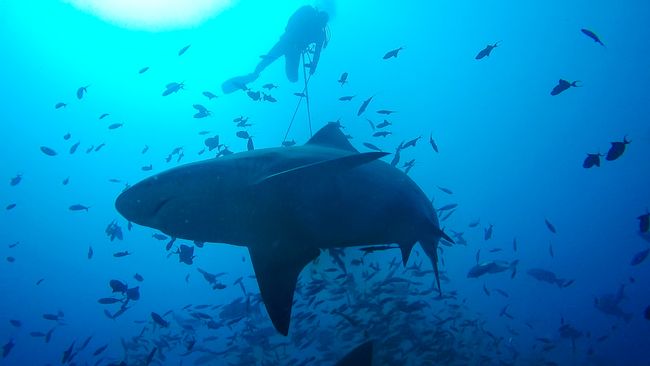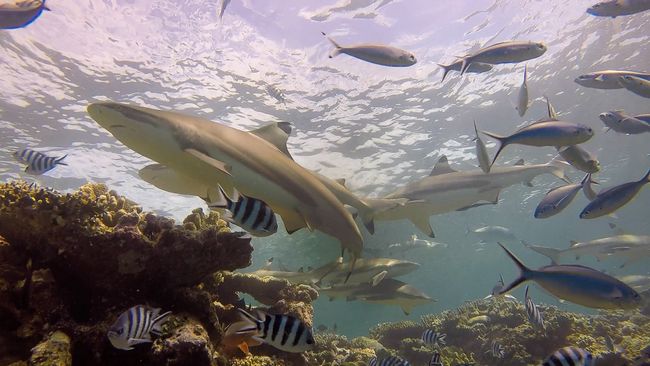Shark-Diving in Fiji
Diterbitkeun: 19.11.2018
Ngalanggan Newsletter
After landing late in Fiji, we needed the first day for planning. There are also many beautiful islands here and you simply can't visit them all. In addition, by booking a connecting flight for 11 days here, we have limited ourselves. We want to continue towards South America - but first we want to enjoy a bit of island life. The planning required some nerves and flexibility, as there are elections this week and another holiday next week. Not everything runs as usual in public transportation. The plan is in place and we set off towards Pacific Harbour.
You can reach the next destination relatively cheaply, quickly, and reliably by long-distance buses. And so we made our way to Sigatoka, where we spent a night in a great resort thanks to an Agoda deal. Unfortunately, it was - as always since our arrival here - slightly rainy and cloudy, so we didn't do much. The second stop we made in Pacific Harbour in an even better resort with an even better Agoda deal. And here the first real action in Fiji was supposed to take place for us. We booked a shark dive with Beqa Adventure Dive (BAD).
Early in the morning, we were picked up, equipped, and soon we were sitting on the boat heading towards Shark Reef Marine Reserve. The reserve is not far from the coast and is managed in cooperation with the government. Only BAD is allowed to dive here. In addition, any other activities (especially fishing) are prohibited.
During two dives, we get close to various shark species in their natural and unlimited habitat, so close that you could touch them (but of course you shouldn't). We are in the water with six other guests and just as many guides. The whole thing takes place as part of a feeding. Frozen chunks of tuna are brought along and fed to the sharks. On the one hand, the bait is poured out of a large container in the water, on the other hand, one of the guides feeds the sharks by hand. He wears iron gloves that go up to the elbows. The fact of feeding made us hesitate for a long time whether we should book this offer. On the one hand, it obviously has the advantage that sharks are guaranteed to appear and tourists get their money's worth - we also found it to be an experience. In addition, the sharks in the sea are free and do not depend on feeding. The sharks are counted, observed, and partially equipped with transmitters at every opportunity in order to be able to make further analyses of their behavior. It all also has a scientific background and from our point of view, it therefore makes sense. Nevertheless, it somehow leaves a slight aftertaste of the zoo when you see the guys lying resp. kneeling there and feeding the sharks by hand. In addition, thousands of smaller fish are, of course, also attracted, which does not exactly increase visibility. The operation so close to the seafloor stirs up sand and gravel - this also does not contribute to clear visibility.
On both dives, we saw large bull sharks - two of which were pregnant, which could clearly be seen - and many smaller grey, whitetip, and blacktip reef sharks, as well as a few nurse sharks. In addition, other special visitors such as two larger moray eels and a hawksbill turtle also appear. We felt safe at all times - there were very detailed safety information, information about the dive sites, and information about the animals themselves. Of course, we were allowed to bring our GoPro with us - you just have to hold it on your body and not stretch your arm far away. We would be happy to show you the result in the video.
First, however, our conclusion: the 200 CHF per person for this day were worth it. On the one hand, the money mainly goes to a great cause, on the other hand, we were able to experience a unique adventure. For us, however, it still applies: an encounter with a wild animal, whether on land or in the sea, is still the most beautiful when it happens by chance and without being lured by feeding or similar means.
Ngalanggan Newsletter
Waleran
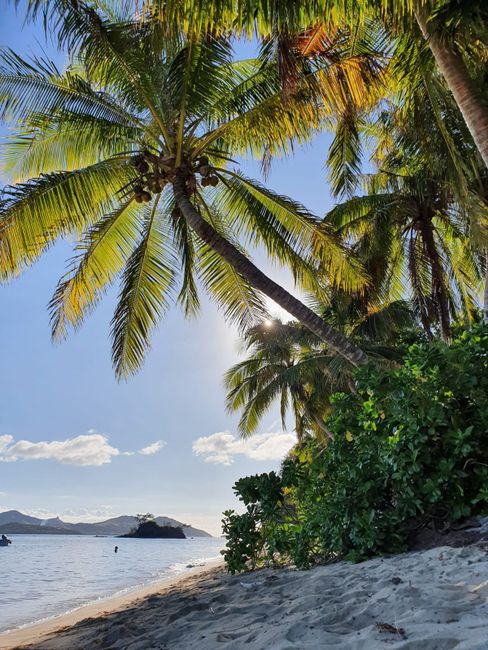
Laporan perjalanan Fiji
